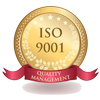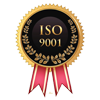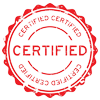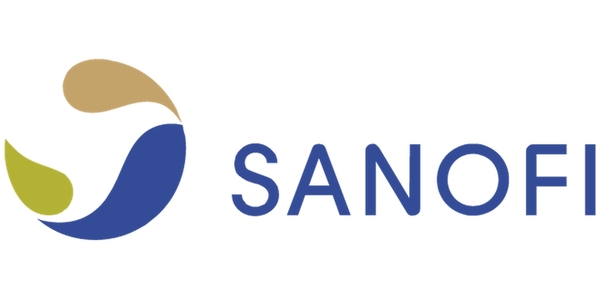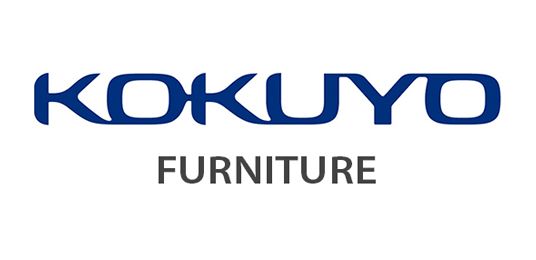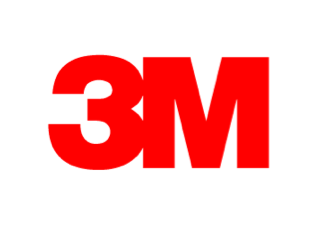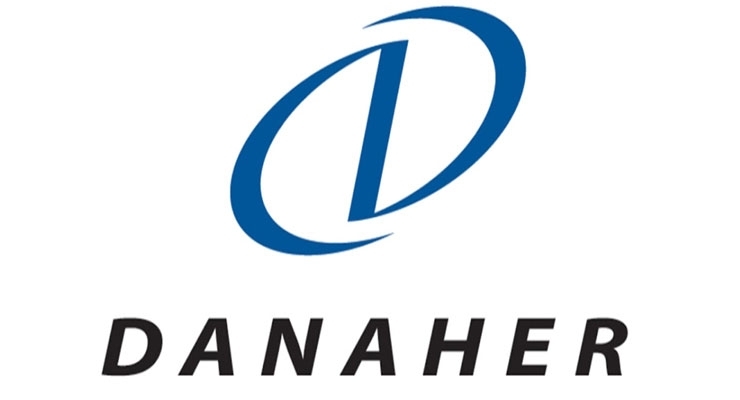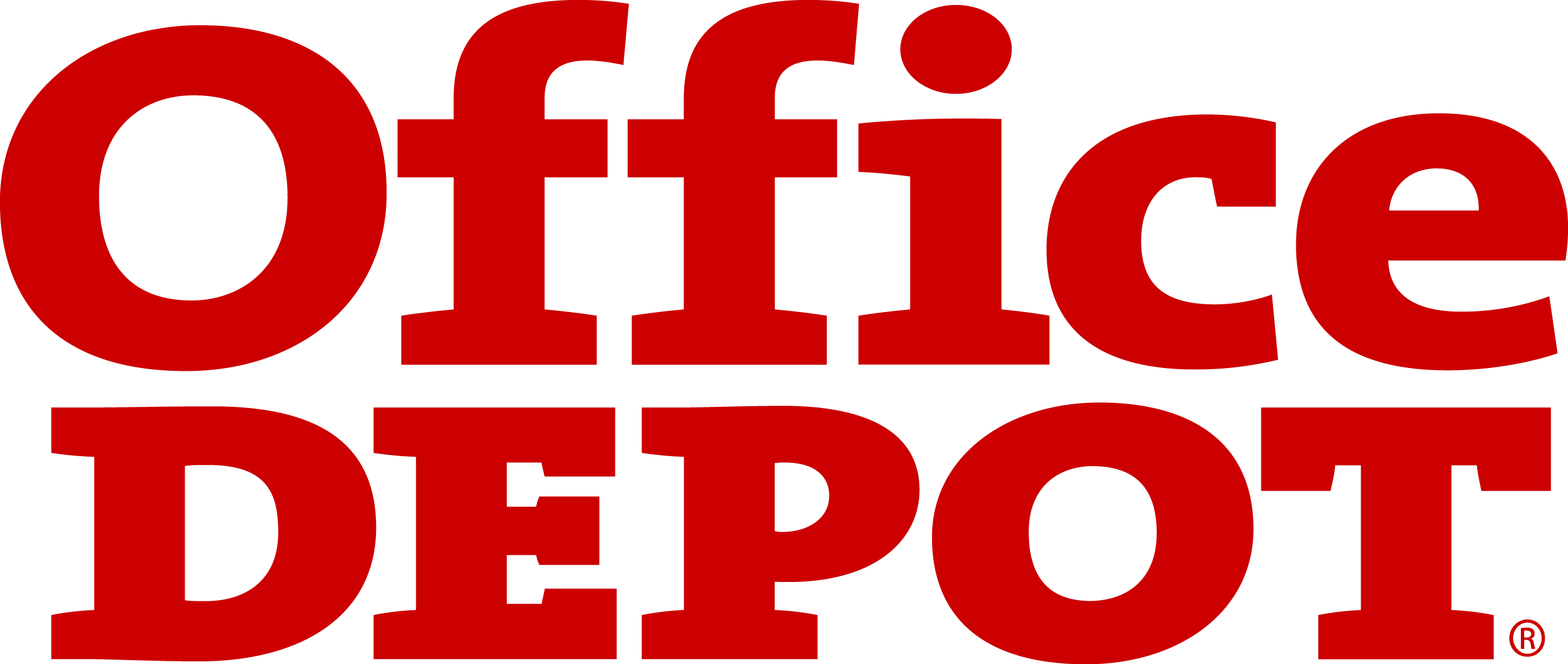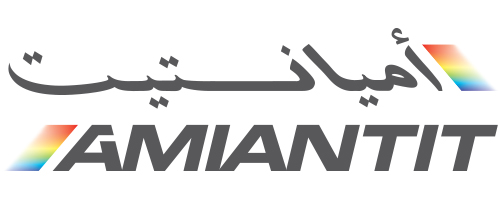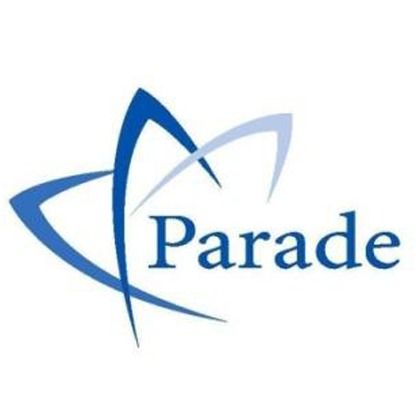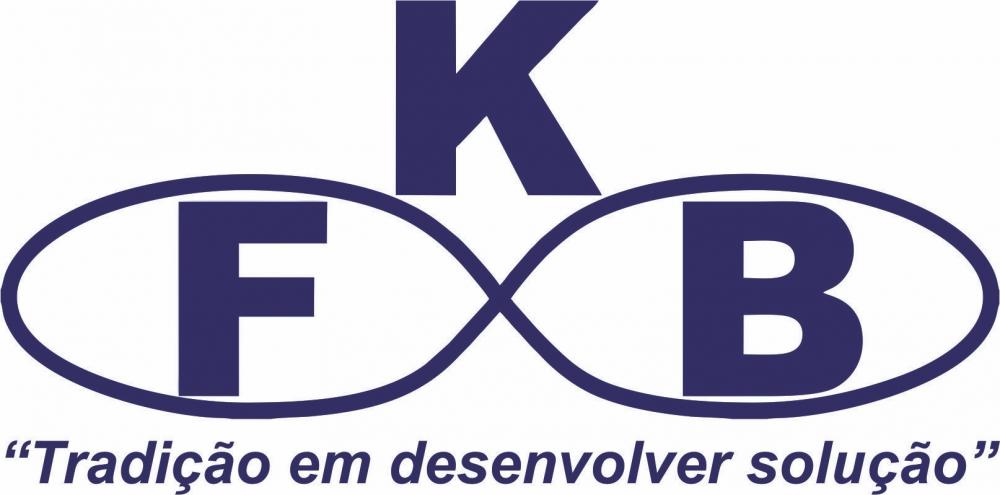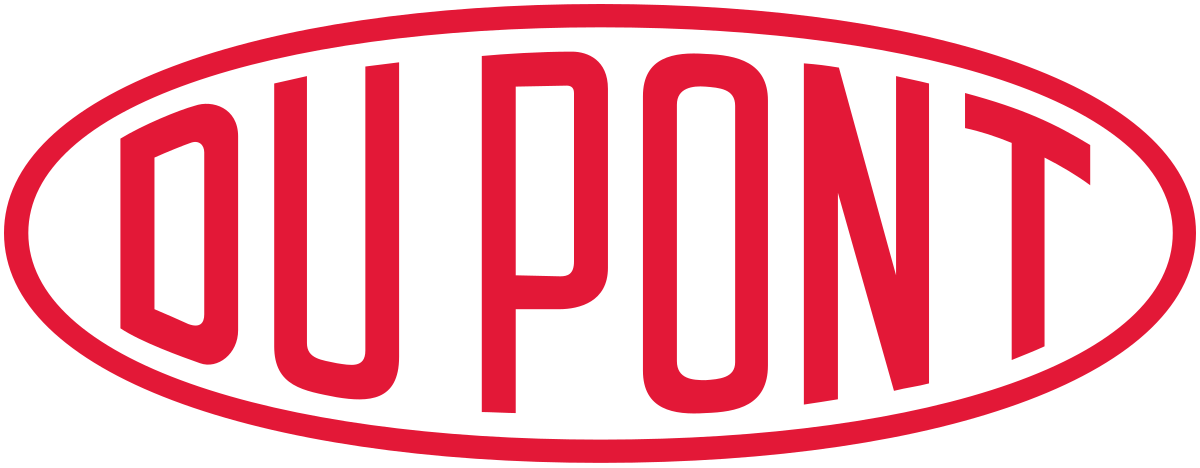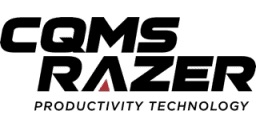Psittacosis Treatment Market - Global Size, Share, Trends, Growth and Forecast Year ( 2022 – 2032 )
Psittacosis Treatment Market Insights
Psittacosis is a bacterial infection caused by Chlamydia psittaci, frequently referred to as parrot fever or avian chlamydiosis. It is primarily contracted by inhaling dust or respiratory secretions from infected birds, such as parrots, parakeets, and other pet birds. The sickness is capable of sometimes resulting in pneumonia, which can be serious or even fatal. The diagnosis of psittacosis is made through laboratory testing, including blood tests and cultures. especially in the elderly. Psittacosis symptoms can include headaches, fevers, chills, muscle soreness, coughing, or pneumonia. People with this disease might suffer significant consequences, including death if their condition is not addressed swiftly.
Psittacosis Treatment Market: Size and Share
Psittacosis is a rare condition that is frequently managed with a course of antibiotics, hence the market for its therapy is quite modest. The global psittacosis treatment market size was valued at USD 168.7 million in 2022 and is projected to reach USD 296.4 million by 2032, registering a CAGR of 5.8% during the forecast period 2023-2032. Some of the major players in the psittacosis treatment market are Pfizer Inc., Novartis AG, GlaxoSmithKline plc, Merck & Co., Inc., Sanofi, AstraZeneca, Takeda Pharmaceutical Company Limited, Teva Pharmaceutical Industries Ltd
|
Psittacosis Treatment Market: Report Scope |
|
|
Base Year |
2022 |
|
Base Year Market Size |
$168.7 million |
|
Forecast Year |
2023-2032 |
|
Forecast Year Market Size |
$296.4 million |
|
CAGR Value |
5.8% |
|
Segmentation |
|
|
Challenges |
|
|
Growth Drivers |
|
.
Psittacosis Treatment Market Driving Factors
The Psittacosis treatment market is driven by several factors:
- Increase in the number of pet birds: The increasing adoption of pet birds, especially parrots and parakeets, is driving the market growth as they are more prone to Psittacosis and people are more aware of the disease.
- Growing awareness about psittacosis: The increasing awareness about psittacosis and its symptoms is also expected to drive market growth.
- Increase in outbreaks of Psittacosis in the poultry industry: The increasing number of outbreaks of psittacosis in the poultry industry is also expected to drive market growth.
- Government initiatives to control the spread of Psittacosis: Government initiatives to control the spread of Psittacosis are also expected to drive the market growth
- Technological advancements: Technological advancements in diagnostic methods are also expected to drive the market growth
- A growing number of avian clinics: The increasing number of avian clinics and veterinary hospitals is also expected to drive market growth.
Psittacosis Treatment Market Key Trend & Development:
There are several key trends and development in the field of the Psittacosis Treatment market:
- Novel therapies: Several novel therapies including a novel antibiotic, called retapamulin, is being studied as a potential treatment for psittacosis. it has been shown to be effective against Chlamydia psittaci in in-vitro studies. a protein-based therapeutic vaccine that aims to induce an immune response against Chlamydia psittaci is under development.
- Trend Towards Personalized Medicine: Personalized medicine is a growing trend in the psittacosis treatment market. The focus has been on developing customized treatment plans based on individual patient characteristics and disease severity. This includes the development of targeted therapies and the use of biomarkers to guide treatment decisions.
- Focus on Innovation and Early Detection: In the psittacosis treatment market, there is a strong emphasis on innovation and early detection. Timely diagnosis is crucial in managing the disease, as any delays can result in severe outcomes. The market is witnessing new and innovative treatment approaches to combat the disease. This focus on early detection and innovative treatments is expected to drive the growth of the psittacosis treatment market in the coming years.
Psittacosis Treatment Market Segmentation:
The psittacosis treatment market can be segmented based on different factors such as:
- By Drug Class: Tetracycline, Chloramphenicol, Doxycycline, and others
- By Type: Chlamydia Psittaci, Chickens, Turkeys, Pigeons, and Parakeets
- By Route of administration: Oral, Parenteral, Intravenous
- By Treatment Type: Medication, Antibiotic Therapy, and Supportive Care
- By Distribution channel: hospitals pharmacy, retail pharmacies, online sales, and others
- By Geography: North America, Europe, Asia-Pacific, Latin America, Middle East & Africa
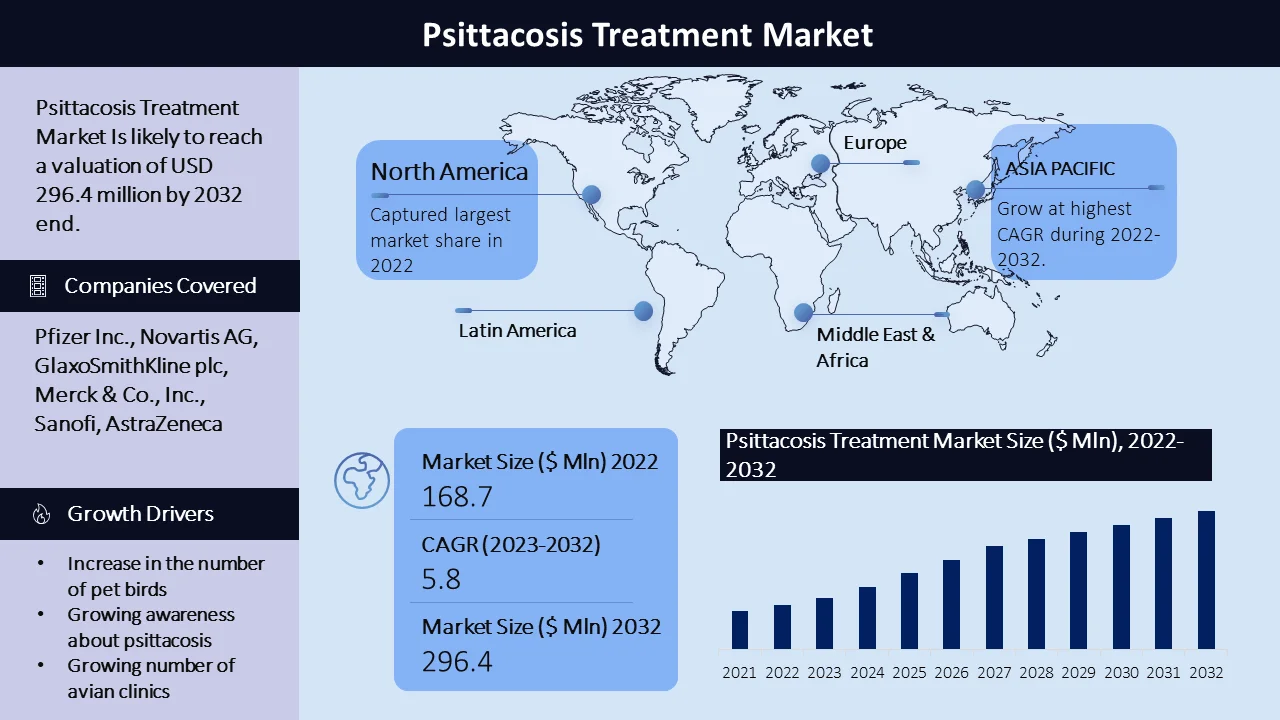
Psittacosis Treatment Market Regional Synopsis:
With a large share of the global market, North America is the largest market for the treatment of psittacosis. By 2032, the market is expected to be worth $90.6 million, growing at a CAGR of 6.0% (2023-2032) as compared to the previous value of $50.6 million in 2022
Europe is another important marketplace for Psittacosis Treatment. The presence of major pharmaceutical companies within the region has an impression on the market. By 2032, the market is predicted to be worth $57.6 million, growing at a CAGR of 5.5% (2023-2032) against an earlier estimation of worth $33.74 million in 2022.
Asia-Pacific, throughout the forecast period primarily due to improved healthcare facilities and a remarkable increase in awareness of avian diseases associated, especially in China, Japan, and South Korea an expected rate of 7.0 % (2023-2032) CAGR, the market is forecasted to reach $82.9 million by 2032 versus the previously estimated value of $42.17 million in 2022.
Although the marketplace for Psittacosis Treatment in Latin America is relatively small, it's anticipated to expand significantly within the coming year's thanks to increased public awareness of Psittacosis Treatment and improved regional healthcare infrastructure. With a CAGR of 5.0% (2023-2032), the market is predicted to succeed in $41.21 million by 2032 against an earlier estimation of worth $25.3 million in 2022.
The Middle East and Africa market for the treatment of psittacosis is relatively small but is expected to grow in the coming years because of the availability of healthcare in the region. By 2032, the market is forecasted to reach $26.19 million, growing at a CAGR of 4.5% (2023-2032) compared with the previous estimates of $16.87 million in 2022
Psittacosis Treatment Market challenges
Despite the growth prospects of the psittacosis treatment market, several challenges could impact the development and commercialization of psittacosis treatment:
- A limited number of effective treatments: Currently, there are few FDA-approved treatments for psittacosis, which can make it difficult for physicians to effectively manage the disease.
- Difficulty in diagnosis: Psittacosis can be difficult to diagnose as its symptoms are similar to those of other respiratory infections, which can lead to misdiagnosis and delayed treatment.
- Lack of awareness: Many people are not aware of the disease and its symptoms, which can lead to delayed diagnosis and treatment.
- Limited research: There is a lack of research on psittacosis, which makes it difficult to develop new treatments and improve existing ones.
- High cost: The treatment of psittacosis can be costly, which can make it difficult for individuals without insurance or those with high-deductible plans to afford.
Psittacosis Treatment Market Key Players
The key players in the psittacosis treatment market include:
- Pfizer Inc.
- Novartis AG
- GlaxoSmithKline plc.
- Merck & Co., Inc.
- Sanofi
- AstraZeneca
- Takeda Pharmaceutical Company Limited
- Teva Pharmaceutical Industries Ltd
- Mylan N.V.
- Aurobindo Pharma Limited
These companies are involved in the research, development, and commercialization of psittacosis treatments. They also have a strong presence in the global market, and hold a significant share of the market. They may have collaborations, partnerships, and agreements with other companies to strengthen their market position and expand their product portfolio.

Need Customized Report for Your Business ?
Utilize the Power of Customized Research Aligned with Your Business Goals
Request for Customized Report- Quick Contact -
- ISO Certified Logo -
